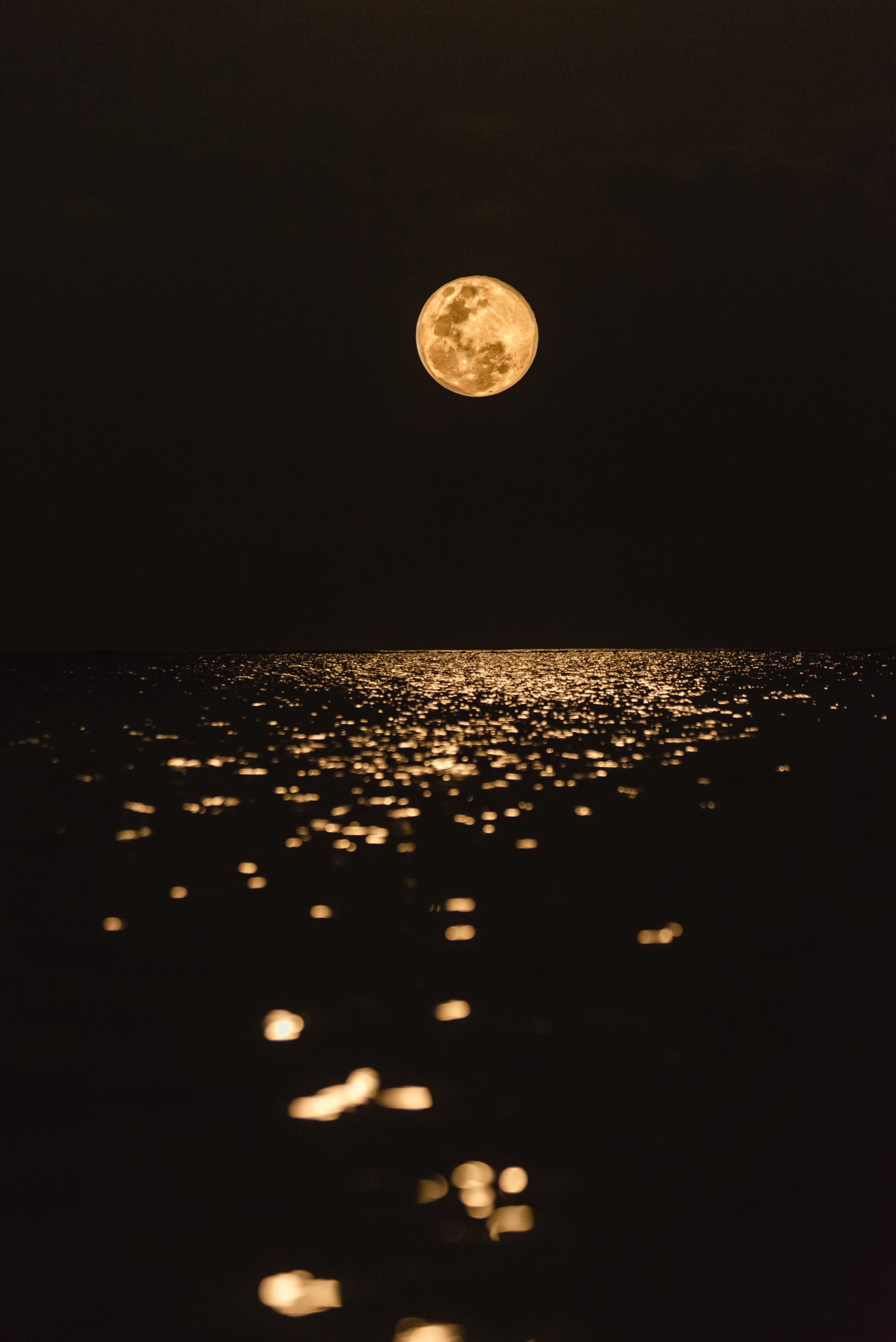The Origin of Tarot Cards: Unveiling the Mysteries Behind the Cards
For centuries, tarot cards have captivated the minds of those seeking answers, guidance, and a glimpse into the future. These enigmatic decks have fascinated people from all walks of life, from spiritual seekers to fortune tellers. But where did the tarot cards originate? What is the story behind these fascinating cards? In this article, we dive into the history and origin of tarot cards, uncovering their mysterious journey through time.
Ancient Roots: From Playing Cards to Divination Tools
The exact origins of tarot cards are shrouded in mystery, as their early development predates written records. Some historians suggest that the cards originated in ancient Egypt, while others propose a connection to ancient India or China. However, the most widely accepted theory traces the roots of tarot cards to the 14th century Europe.
Initially, tarot cards were used as playing cards and were known as “triumph cards.” These early decks closely resembled the modern playing card decks, with four suits: swords, wands (or batons), cups, and coins (or pentacles). These suits represented the four elements: air, fire, water, and earth, respectively.
It wasn’t until the 18th century that tarot cards took on a new role as divination tools. Scholars believe that this shift occurred in France, where the cards began to be used for fortune-telling and occult purposes. The occult revival during the 19th and 20th centuries further solidified tarot cards’ association with mysticism and esoteric practices.
The Tarot Deck: Structure and Symbolism
A standard tarot deck comprises 78 cards, divided into two main categories: the Major Arcana and the Minor Arcana. The Major Arcana consists of 22 trump cards, numbered from 0 to 21, each depicting a unique scene or a powerful archetypal figure.
| Major Arcana Cards | Keywords |
|---|---|
| The Fool | Beginnings, Spontaneity, Adventure |
| The Magician | Manifestation, Power, Potential |
| The High Priestess | Intuition, Mysteries, Secrets |
| The Empress | Abundance, Fertility, Love |
| The Emperor | Authority, Structure, Ambition |
| The Hierophant | Tradition, Spirituality, Guidance |
The Minor Arcana, on the other hand, consists of 56 cards grouped into four suits, with each suit containing ten numbered cards from Ace to Ten, and four court cards: the Page, Knight, Queen, and King. These suits generally align with the traditional playing card suits and carry similar elemental correspondences.
The Esoteric Influence: Occultism and Symbolism
The tarot’s connection with occultism and symbolism is an integral part of its history and development. Influential occultists, such as Antoine Court de Gébelin and Eliphas Levi, played a crucial role in popularizing tarot as a divination tool. They associated the cards with ancient wisdom, Egyptian mysteries, Kabbalah, and Hermetic traditions.
The illustrations on the tarot cards incorporate rich symbolism and archetypal imagery, drawing from various esoteric and occult systems. These symbols serve as a bridge between the conscious and unconscious mind, enabling readers to tap into their intuition and interpret hidden meanings within the card spreads.
Modern Tarot: From Mystic Circles to Mainstream Appeal
In the early 20th century, tarot moved beyond its occult circles and began to gain mainstream popularity. This shift can be attributed to influential figures like Arthur Edward Waite and Pamela Colman Smith, who collaborated to create the Rider-Waite-Smith tarot deck.
The Rider-Waite-Smith deck, published in 1910, introduced vibrant and detailed illustrations that deviated from the traditional Marseille-style decks. This deck became the foundation for many subsequent tarot decks and is still widely recognized and used today.
Since the publication of the Rider-Waite-Smith deck, a myriad of tarot decks featuring diverse themes, artistic styles, and interpretations have emerged. Tarot has expanded its reach far beyond the circles of divination and esoteric enthusiasts, with many people using tarot cards as tools for personal growth, introspection, and creative inspiration.
In Conclusion
Tarot cards have come a long way from their humble origins as playing cards to their revered status as tools for divination, self-reflection, and spiritual exploration. While we may never know the exact origins of tarot cards, their mystery and allure continue to captivate our imaginations.
As you delve into the world of tarot, remember that the true power of the cards lies not in their origins, but in the meanings and associations we derive from them. Whether you approach tarot with curiosity, skepticism, or unwavering belief, these cards have the potential to unlock profound insights and guide you on your unique journey.
Table of Contents
